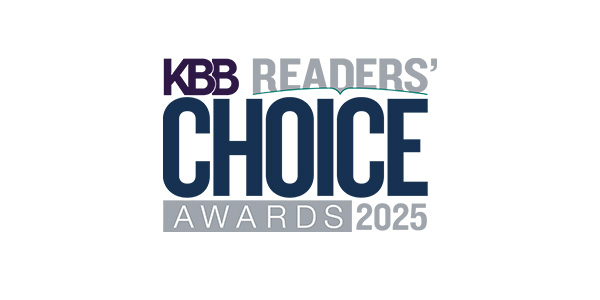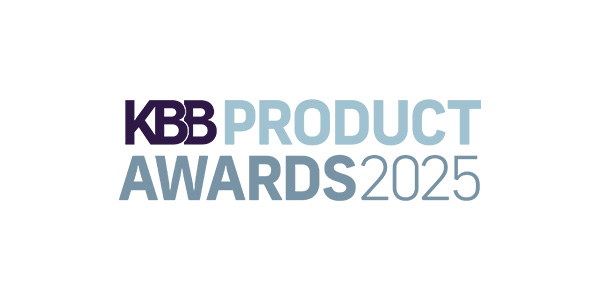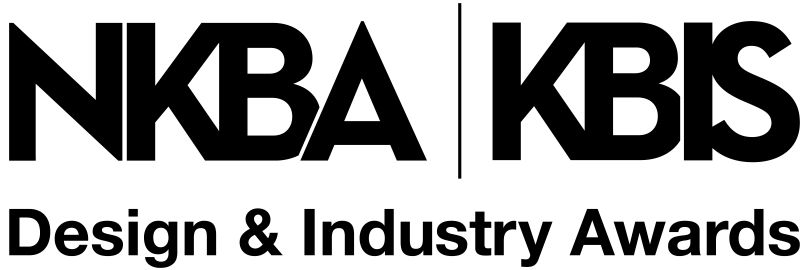Our bathrooms seem to have some catching up to do. While electronics
and digital technology have infiltrated nearly every room of our homes,
their adoption in the bath space
has been just a tad slower, that is, until recently. Digital showering
and bathing systems, as well as multifunctional toilet/bidet seats,
have all helped to make our bathrooms “smarter” and more comfortable,
and now lav faucets may be following suit.
SENSORS & SIMPLICITY
If
you ask most experts, touchless or hands-free faucets are the wave of
the imminent future. The reasons are obvious. Less touching means
better hygiene, and automatic on/off operation reduces water and energy
usage, a primary concern in the bathroom. Sensor faucets can also
benefit aging-in-place and Universally Designed environments, offering
a convenient alternative for “those with limited dexterity or even the
smaller hands of a young child,” said Judd Lord, director of industrial
design for Brizo. In addition, “colored light can be used to convey water temperature and thus help prevent scalding.”
But
if you’re imagining the fickle faucets of airport restrooms, think
again. Manufacturers have developed more reliable sensing technologies
that don’t feature a prominent infrared beam and therefore lend
themselves more readily to attractive, residential-friendly designs.
With capacitive technology, for example, “the entire brass faucet acts
as a magnetic field, and as you move your hand around the faucet, it
will activate the water,” said Avi Abel, president and general manager
of Watermark Designs. “It’s as reliable as infrared but it offers a lot more design possibilities, such as traditional-looking spouts.”
Of
course, with “back to basics” a pervasive theme in our lives and our
homes, today’s traditional-style taps are considerably less fussy than
their predecessors. As consumers gravitate toward easier-to-use and
easier-to-clean designs with simple, fluid forms, “the aesthetic is
sleeker, but still retains traditional cues,” said Sarah Maduscha,
faucet product manager at Kohler. Similarly, designer Cheryl Kees Clendenon has noticed an expansion in maintenance-friendly single-hole models “to include more classic looks.”
Not surprisingly, contemporary styles with clean architectural lines are popular, noted Ji Kim, senior industrial designer for Moen,
especially those that integrate well into the overall environment. To
this end, “some of the minimalist faucet styles take their cues from
interior objects like wall-mounted vanities or mirrors,” she said. For
modernism with a softer edge, some lav fittings are sporting organic
curves or being paired with, say, a traditional-style vanity or sink.
Clendenon said, “We really like to mix classic elements with modern
details for a fresh approach.”
CHOICE FINISHES
Warmer
finishes, particularly those usually reserved for more traditional
settings, can also help take the edge off a contemporary tap. Abel has
seen a renewed interest in oil-rubbed bronze, but on more streamlined
designs. “It’s creating this whole new dynamic,” he said. “These stark,
minimalist faucets that used to be sold only in chrome look completely
different in oil-rubbed bronze.” However, by all accounts, chrome and
brushed nickel remain the finishes of choice, with stainless steel also
enjoying its share of demand. Others that have piqued designer and
consumer interest include white, brushed bronze and brushed and satin
gold.
So what of the future for bath faucets? According to
Maduscha, conveniences we enjoy in our kitchens will soon be migrating
to our bathrooms as well. “More ergonomics, touchless technology and
electronic valves—all will become more expected,” she said.

[1] Designed by Clodagh for Watermark Designs,
the Touch 27 Collection has added a proximity faucet that features
capacitive-sensing capabilities for hands-free operation. Available
with or without handles, the faucet has a 1.5-gpm flow rate, comes in
35 finishes and is part of a complete bath suite. [2] Offering a sleek contemporary look that integrates well into a variety of bathroom settings, 90º lavatory faucets from Moen
marry clean geometric lines with a waterfall-style spout. Available in
chrome, the line is WaterSense-certified with a flow rate of 1.5 gpm
and includes single-handle, single-hole mount (with an optional vessel
extension for vessel sinks) and two-handle widespread models. [3] Curves are in and Brizo’s
Virage has them. Inspired by European ironwork, the lavatory faucet is
equally at home in a traditional- or contemporary-style bathroom, comes
in five finishes and is offered in widespread, vessel widespread and
two-handle wall-mount designs. At 1.5 gpm, it is also water-efficient
and WaterSense-labeled. [4] Although chrome and brushed nickel
continue to dominate the market, some finishes, such as gold and white,
are gaining interest and can soften an edgy minimalist design. In
Vibrant Moderne Polished Gold, for example, Kohler’s
Purist takes on a more transitional look. Part of a complete bath
suite, the faucet features a 5 1/2-in. spout, is offered in a variety
of finishes, including brushed gold, and can be specified with an
optional Smile handle design and low-flow aerator. [5] Combining a gracefully arced spout with subtle detailing, Harpo from Phylrich
puts a contemporary spin on the Art Deco aesthetic, making it an
elegant addition to almost any bath environment. Inspired by Los
Angeles’ North Harper Avenue and the Hollywood Regency style, the
faucet is WaterSense-certified and comes with lever or cylindrical
handles in deck- and wall-mounted versions. Fifteen finishes are
available, as are a variety of coordinating tub and shower faucets and
accessories.








